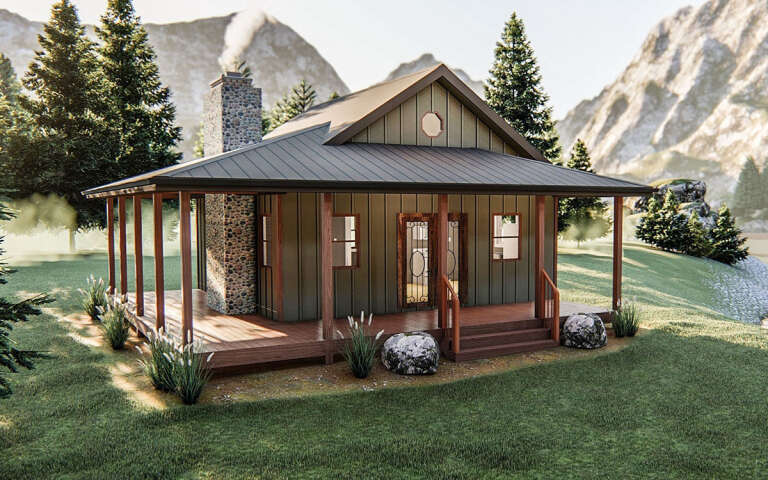Maintaining the Longevity of Your Home’s Paint
The paint on your home’s exterior serves as both a protective shield and an aesthetic feature. It not only enhances the curb appeal but also guards against the elements, such as sunlight, rain, and temperature fluctuations. However, over time, paint can wear down, fade, or peel, leading to a need for repainting. To keep your home’s paint looking fresh and vibrant while extending its lifespan, it’s essential to implement proper maintenance strategies. In this article, we’ll explore tips and techniques to help you maintain your home’s paint, ensuring it remains both beautiful and durable.

Understanding the Challenges
Before delving into maintenance tips, it’s important to understand the factors that affect the lifespan of your home’s paint:
1. Sunlight
Exposure to ultraviolet (UV) rays from the sun can lead to paint fading and deterioration. Over time, this can cause the paint to lose its color and vibrancy.
2. Moisture
Rain, humidity, and moisture from various sources can contribute to peeling and blistering of the paint. Water can penetrate the paint film, leading to damage to the underlying surfaces.
3. Temperature Fluctuations
Extreme temperature fluctuations, especially freezing and thawing, can cause the paint to expand and contract. This can lead to cracks and other forms of paint damage.
4. Mold and Mildew
Moisture and humidity create an environment conducive to the growth of mold and mildew. These microorganisms can cause discoloration and deterioration of the paint.
Tips for Maintaining Your Home’s Paint
Now that we understand the challenges that your home’s paint faces, let’s explore the strategies to keep it in excellent condition:
1. Regular Inspections
Frequent inspections of your home’s exterior paint are essential. Look for signs of wear, such as peeling, cracking, bubbling, or fading. Pay particular attention to areas that are more exposed to the elements, such as south-facing walls.
2. Cleaning
Cleaning your home’s exterior is a vital part of maintenance. Use a mild detergent and a soft brush or a pressure washer to remove dirt, dust, and grime. Pay special attention to areas with mold or mildew, and use a mildew cleaner to eliminate these growths.
3. Repair and Repaint
When you spot areas of peeling or cracking paint, don’t postpone repair. Scrape off the damaged paint, sand the surface, and apply a primer before repainting. Addressing these issues promptly can prevent further damage to the underlying surfaces.
4. Paint Quality
Invest in high-quality paint products when painting or repainting your home’s exterior. Quality paints are more durable and have better resistance to the elements. They might be more expensive initially, but they can save you money in the long run by lasting longer.
5. Proper Surface Preparation
The key to a long-lasting paint job is proper surface preparation. This includes cleaning, scraping, sanding, and, if needed, repairing any damaged surfaces. A well-prepared surface allows the paint to adhere better and provides a smoother finish.
6. Color Choice
Choose paint colors wisely. Dark colors tend to absorb more heat, which can cause the paint to deteriorate more quickly. Lighter colors are often a better choice for longevity.
7. Regular Maintenance Schedule
Create a regular maintenance schedule for your home’s exterior paint. This might involve repainting certain areas every few years, depending on the climate and wear and tear.
8. Caulking and Sealing
Inspect the caulk and seals around windows, doors, and other openings. Replace any damaged or deteriorated caulk to prevent moisture from infiltrating the underlying surfaces.
9. Trim Overhanging Trees
If you have overhanging trees near your home, trim the branches to prevent them from brushing against or falling onto your home. Tree sap, leaves, and branches can damage paint.
10. Weather Stripping
Ensure that doors and windows have proper weather stripping to prevent drafts, moisture, and other elements from affecting your home’s interior and exterior.
11. Regular Cleaning of Gutters and Downspouts
Clogged gutters and downspouts can lead to water overflow, which can damage the exterior paint. Regularly clean and maintain these components to ensure proper water drainage.
12. Shade and Shelter
If possible, provide shade and shelter to your home’s exterior, especially on the sides that receive the most sun exposure. This can help reduce the impact of sunlight and UV radiation.
13. Professional Inspection
Consider having a professional inspection of your home’s exterior paint and surfaces every few years. They can provide valuable insights and recommendations for maintenance.
14. Ventilation
Proper ventilation in your home can help regulate temperature and moisture levels, which, in turn, can reduce the strain on the exterior paint.
Choosing the Right Paint Type
Selecting the appropriate type of paint for your home’s exterior is crucial for long-term durability. Here are some common options:
1. Latex Paint
Latex paint, also known as acrylic paint, is a popular choice for exteriors. It is durable, flexible, and resistant to moisture. Latex paint is also easy to clean and provides excellent color retention.
2. Oil-Based Paint
Oil-based paint, or alkyd paint, is known for its durability and resistance to harsh weather conditions. It creates a hard, protective surface. However, it can be more challenging to clean up and may require more maintenance.
3. Stain
Stain is often used on wood surfaces. It penetrates the wood, enhancing its natural beauty while providing protection. Stain is available in various opacity levels, from transparent to solid.
4. Specialty Paints
There are specialty paints available for specific needs, such as elastomeric paint for masonry surfaces, which can expand and contract with the surface, or mildew-resistant paint for areas prone to mold and mildew.
Conclusion
Maintaining the longevity of your home’s exterior paint requires a combination of regular inspections, cleaning, proper preparation, and timely repairs. By following these tips and techniques, you can extend the life of your home’s paint, preserve its aesthetic appeal, and protect your investment. A well-maintained exterior not only enhances your home’s curb appeal but also safeguards its structural integrity.




